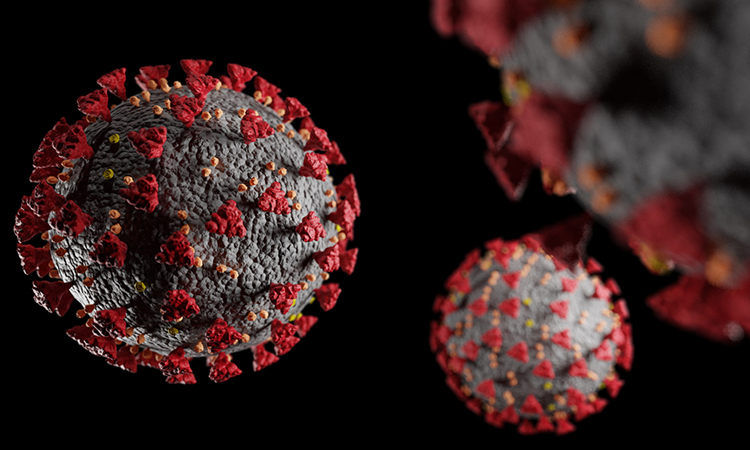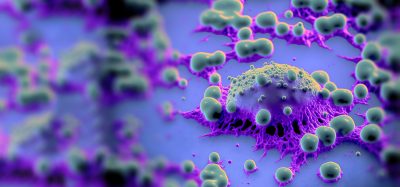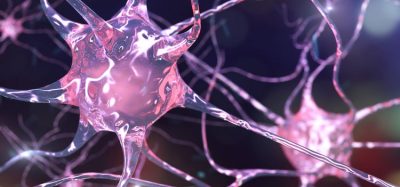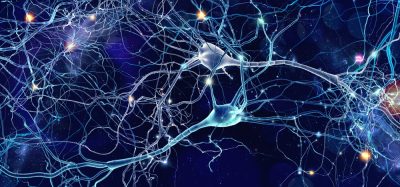Single interaction could explain the disparity in COVID-19 effects
Posted: 17 December 2020 | Hannah Balfour (Drug Target Review) | No comments yet
According to researchers, an interaction between host microRNA and SARS-CoV-2 could be responsible for the range of disease severities.

Researchers seeking to identify features in the SARS-CoV-2 genome that may contribute to its viral replication, host pathogenicity and vulnerabilities have provided evidence that a host protein can interact with SARS-CoV-2 and potentially make COVID-19 more or less harmful to patients.
To better understand SARS-CoV-2, the virus which causes COVID-19, researchers investigated how and to what extent the SARS-CoV-2 genome sequence differs from those of other well-characterised human and animal coronavirus genomes, as well as how variable SARS-CoV-2 genomes are generally.
In their study, the Translational Genomics Research Institute (TGen) researchers identified a specific genetic target that could help explain the tremendous variation in how sick those infected with COVID-19 become.
Their work suggests that there may be a host-microRNA-mediated interaction between the SARS-CoV-2 3′ untranslated region (3′-UTR) and human microRNA hsa-miR-1307-3p. According to the team, miR-1307 has been found to affect the severity of several types of cancer, lung disease and the flu, specifically the H1N1 influenza virus that caused a 2009 pandemic. It was also first discovered as a key regulatory agent in the Epstein-Barr virus, best known as the cause of infectious mononucleosis. As a result, they believe miR-1307 may act as a dimmer switch, able to influence the severity of COVID-19 and that such a mechanism could explain why some infected with SARS-CoV-2 have mild or even no symptoms, while others become seriously ill or die.
Study leader, Dr Nicholas Schork, a Distinguished Professor and Director of TGen’s Quantitative Medicine and Systems Biology Division, said: “We pursued a systematic gene-by-gene comparative analysis, investigating how and to what extent the SARS-CoV-2 genome sequence differs from other well-characterised human and animal coronavirus genomes. Our study results will allow the development of models of how the virus and its hosts interact, enhancing our understanding of the disease-causing mechanisms of SARS-CoV-2 and how to exploit both viral and host therapeutic targets.”
He also added that their results provide the basis for additional investigations, such as designing vaccines based on proteins or RNA, developing specific genetic markers for community disease monitoring, and tracing COVID-19 from one species to another.
The study was published in mSphere.
Related topics
Analysis, Disease Research, Drug Targets, Genomics, microRNA, miRNAs, Protein
Related conditions
Cancer, Coronavirus, Covid-19, Epstein-Barr virus (EBV), Influenza
Related organisations
Translational Genomics Research Institute (TGen)
Related people
Dr Nicholas Schork







